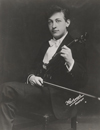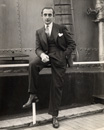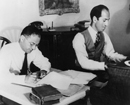Reviews
Wild Up Meets Julius Eastman in a True "Radical Adornment"
If Julius Eastman’s music seems to re-invent itself with every hearing, it’s partly because the late composer encouraged performers to make his music their own, sometimes in highly interventionist ways. At the three-concert event “Radical Adornment: The Music of Julius Eastman” held April 21-22 at New York’s 92nd Street Y, the 19-member group Wild Up did for Eastman what Rimsky-Korsakov did for Mussorgsky, turning sketchy, open-ended scores into muscular, textured, and viscerally compelling music. It’s not an approach traditional classical circles embrace, but there can be no question that this cross-genre, Los Angeles-based ensemble, directed by Christopher Rountree, amplified, colorized, and added substance to Eastman’s ideas.
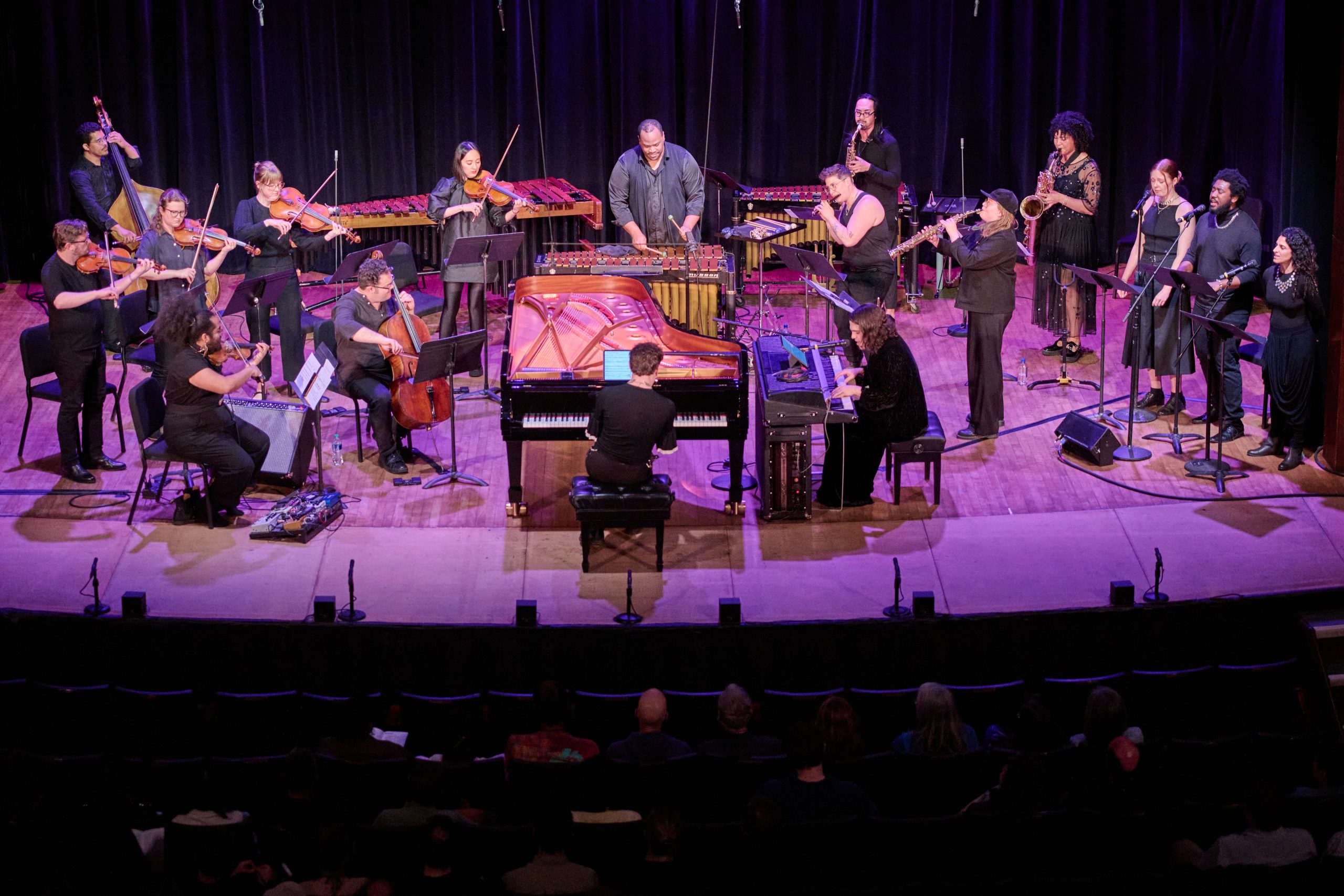
Wild Up performs Julius Eastman's Femenine at the 92nd St Y's "Radical Adornment"
The aggressive, exuberant performances were cheered by packed houses at the first two concerts. The confrontational Black, queer Eastman (1940-1990) isn't just cool. His music, especially his greatest hit Femenine (1974), now lands in a world where his freewheeling often ecstatic convergence of influences from La Monte Young to John Coltrane can be appreciated, in a post Bang-on-a-Can-minimalism world. As much as Femenine resembles Steve Reich's Music for 18 Musicians, the former was completed before the latter was even conceived. What makes Eastman’s music seem current is that, at a time when other minimalists were consolidating their music into something more narrow, Eastman continued to experiment with scores that had open-ended adaptability, somewhat in the spirit of John Cage. At least that's what emerged in the April 22 between-concerts panel discussion. And if Eastman performances seem even more divergent from each other than Cage's, one reason is Cage lived long and imposed his own sense of performance practice on his pieces, while Eastman’s music is still in a state of reclamation.
The between-concert discussion on April 22, whose panelists included key performers pianist Richard Valitutto and violinist Darian Donovan Thomas, was notable as much for what it covered as what it did not. Nearly all of the composer’s papers and a good deal of his musical output were lost in his apartment eviction in New York City, where he lived for roughly 15 years after leaving his teaching duties amid the new-music crucible that was Buffalo in the 1970s. He was a one of many brilliant people who didn't survive New York's East Village party culture. The combination of drugs, alcohol, and AIDS that led to his early death was either not discussed or romanticized, rather than being seen as a source of self-defeating decisions that shortened his creative life. His religiosity was also missing from the discussion, despite such titles as The Holy Presence of Joan d’ Arc and Hail Mary among his works and an unidentified church hymn in the piano part of Femenine. In general, Eastman was described with apologetic reverence for his neglect; his social and political significance was contemplated nearly as much as the music he wrote, with examples of his protests against racism and homophobia manifested in the titles Evil Nigger (which was performed at the festival) and Nigger Faggot (which was not).
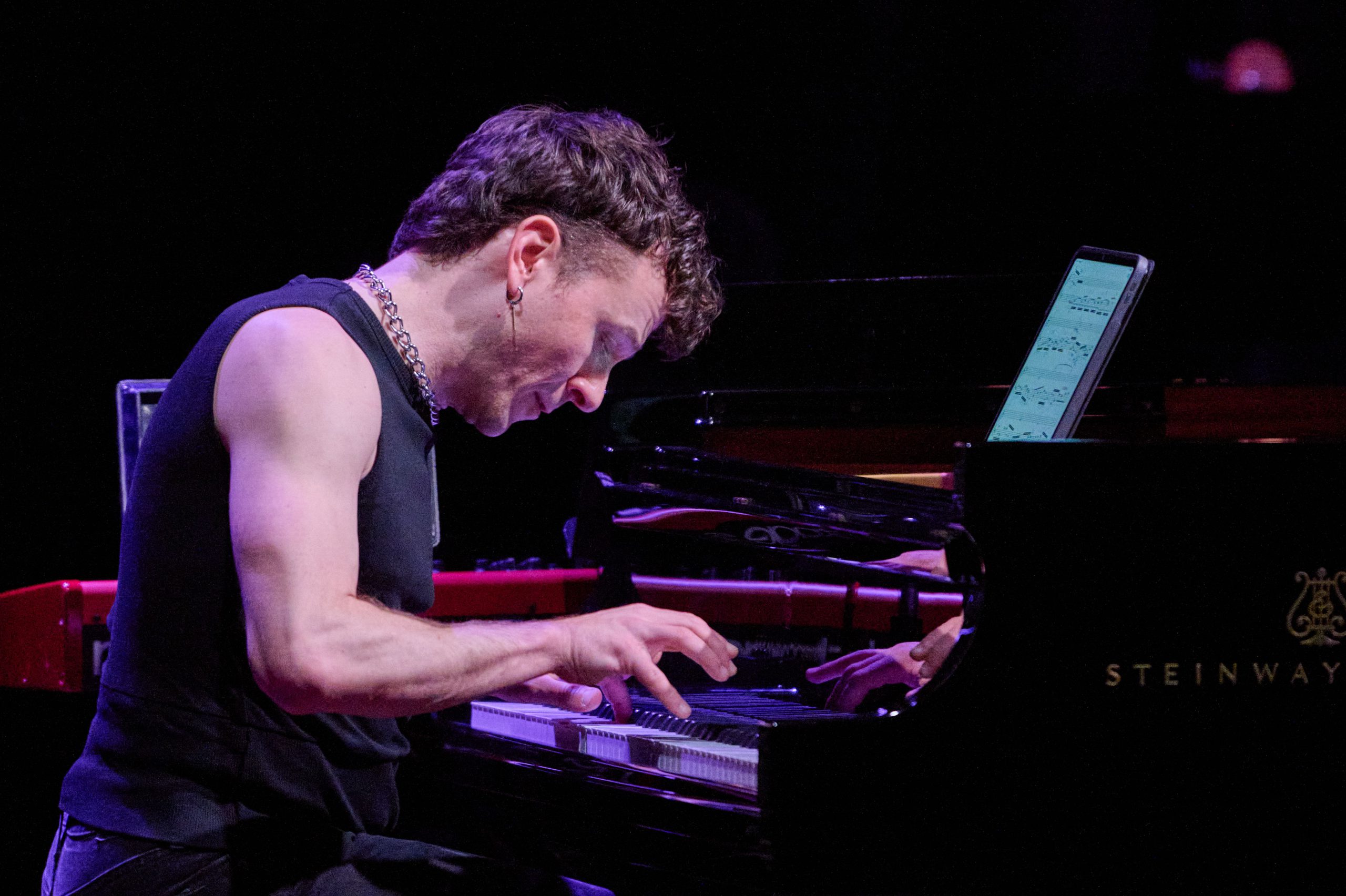 Most of the music was recognizably Eastman though each piece had its own distinctive musical mechanism. Stay On It, his first major work, is based on a punchy, infectious jazz-like riff that provided the framework for all kinds of raucous ideas, including Wild Up members yowling like cats. The hard-driving Evil N—— starts with what now sounds like a Philip Glass piano etude played at warp speed, followed by frequent appearances by Eastman's own variation on the Dies Irae chant for the dead. The music descends into apparent chaos, but in a way that the composer took the audience with him step by step, rather than dumping listeners over the edge.
Most of the music was recognizably Eastman though each piece had its own distinctive musical mechanism. Stay On It, his first major work, is based on a punchy, infectious jazz-like riff that provided the framework for all kinds of raucous ideas, including Wild Up members yowling like cats. The hard-driving Evil N—— starts with what now sounds like a Philip Glass piano etude played at warp speed, followed by frequent appearances by Eastman's own variation on the Dies Irae chant for the dead. The music descends into apparent chaos, but in a way that the composer took the audience with him step by step, rather than dumping listeners over the edge.
Femenine has a certain severity, based on a simple motif of two notes that evolves into six--the same number as in the dominating riff of Stay On It. The piano writing can sound like decorative Ravel in quasi-gamelon mode but here felt more like jazz master Bill Evans. The piece was swathed in constant jingle bells that were played from the back of the hall, sometimes pleasantly so, other times becoming imposing like an aggressive mist.
Piano 2, a later piece from 1986, seemed to be the work of another composer. Among the three movements, the first is highly Expressionistic, like Alban Berg on steroids, the second is spare and introspective, while the third sounds like a modernist imitation of Bach. With almost no bar lines or performance markings, the notation is non-specific, though Richard Valitutto managed a penetratingly virtuosic performance.
The most enigmatic piece of the program was Buddha (1984), whose unmetered notes are encased on paper in an egg-shaped score. Some performances are a few minutes long. Wild Up’s on Saturday night was five hours, a high-content realization somewhere between improvisation and spiritual meditation. The group’s score, which looked nothing like Eastman’s, had the musicians’ names written across the bottom with rough time durations, over which was drawn a purposefully jagged line like a Wall Street trading graph. Musicallly, John Coltrane’s late-in-life leap into free jazz came to mind, especially his 1966 Ascension album.
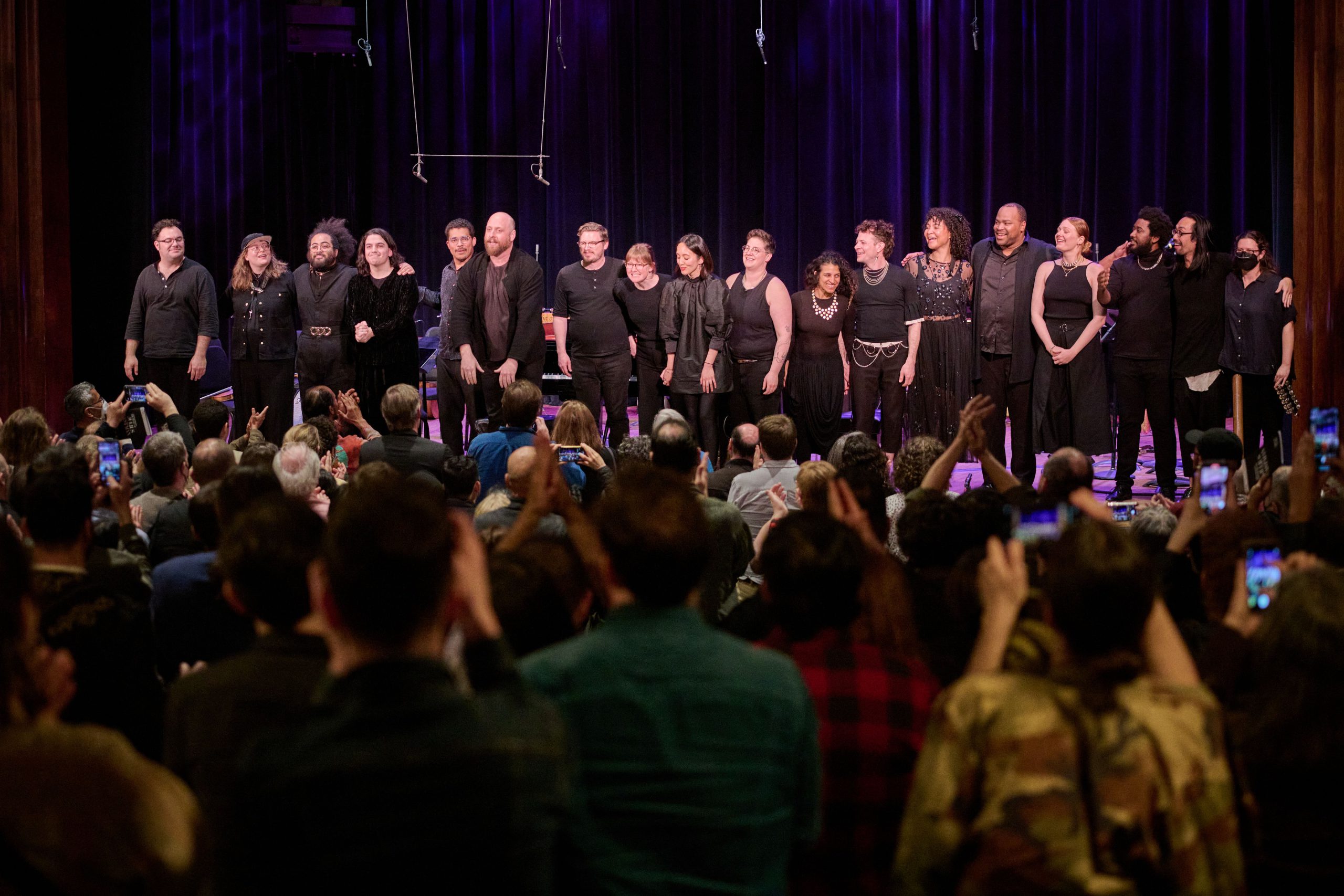
A standing O for Wild Up at “Radical Adornment: The Music of Julius Eastman”
For the five-hour piece, the group split into two ensembles, each playing half the performance, though there was no designated turnover point. Individual musicians came and went and came back, as did the sparse audience. The overall atmosphere was contemplative. An expansive, otherworldly aura was edged with an underlying electronic track, sometimes a drone but often a repeated pulse. The multiple layers of instrumentation created a gently restless foundation over which solos, duets, and trios unfolded, all deeply lyrical and introspective. The late-in-the-evening saxophone solo by Shelley Washington played at a hushed mezzo-piano was absolutely sublime, and well worth the wait. But about 30 percent of the rest of the piece, which periodically climaxed with amassed sonorities, flagged in inspiration despite the remarkable concentration of Wild Up.
Was this Buddha performance Wild Up than Eastman? Probably. One of the musicians compared the experience to finding a single scene from a Shakespeare play and speculatively recreating the rest. Whatever it was, Eastman was—and remains--the brilliant instigator.
Middle photo: pianist Richard Valitutto performing Stay On It
Photos by Joseph Sinnott
Classical music coverage on Musical America is supported in part by a grant from the Rubin Institute for Music Criticism, the San Francisco Conservatory of Music, and the Ann and Gordon Getty Foundation. Musical America makes all editorial decisions.





 FEATURED JOBS
FEATURED JOBS

 RENT A PHOTO
RENT A PHOTO
